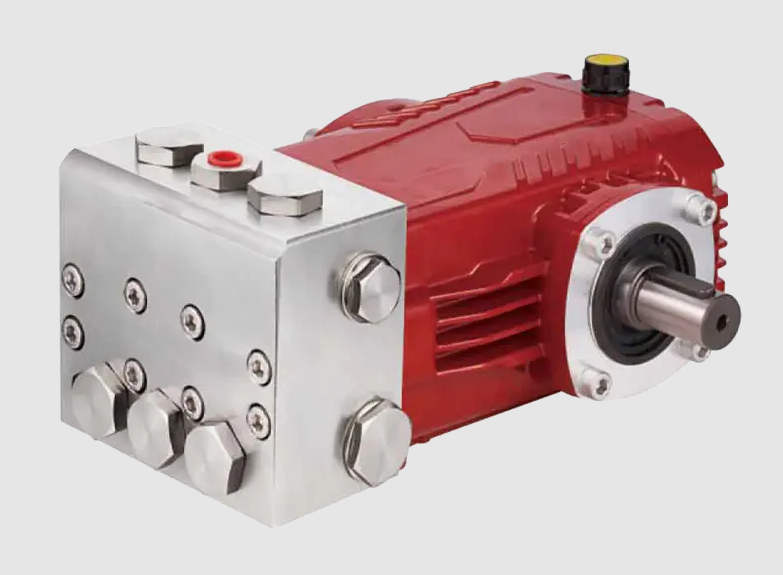Factors Affecting Sealing Integrity and Leakage Prevention in High Pressure Pumps

The sealing performance of a high pressure pump is one of the most critical aspects influencing its operational reliability and safety. Due to the nature of these pumps, which operate under intense pressure conditions, effective sealing systems are essential to prevent fluid leakage that could lead to efficiency loss, equipment damage, or even hazardous situations. Understanding how well a high pressure pump seals and the likelihood of leakage requires examining the sealing technology, materials used, and maintenance practices.
High pressure pumps typically employ advanced sealing solutions designed to withstand extreme pressure and temperature conditions. Mechanical seals, lip seals, and packing glands are among the most commonly used sealing methods. Mechanical seals, in particular, are favored for their ability to provide tight sealing under high pressure while minimizing friction and wear. These seals use precision-engineered surfaces and resilient materials to create a barrier that prevents fluid from escaping.
The choice of sealing material is pivotal in ensuring durability and leak prevention. Materials like carbon, silicon carbide, and tungsten carbide are often used for seal faces due to their hardness, wear resistance, and chemical stability. Elastomer components within the seals, such as O-rings and gaskets, are made from compounds like fluorocarbon or nitrile rubber that offer excellent resistance to heat, chemicals, and pressure fluctuations. The compatibility of these materials with the pumped fluid also plays a significant role in preventing degradation and leakage.
Despite the robust sealing technologies, the risk of leakage in high pressure pumps cannot be eliminated. Leakage may occur due to several factors, including improper installation, seal wear over time, vibration, or misalignment of pump components. Additionally, sudden pressure spikes or thermal expansion can stress seals beyond their tolerance limits, potentially causing leaks. Regular inspection and maintenance are therefore critical to identify early signs of seal failure and address them promptly.
In many cases, leakage from high pressure pumps is minimal and can be managed effectively with routine preventive measures. Monitoring systems can detect pressure drops or fluid seepage, alerting operators before leaks become severe. Proper alignment during installation, using recommended seal replacement intervals, and ensuring clean operating conditions contribute significantly to maintaining seal integrity.
Furthermore, technological advances have led to the development of dual and cartridge seals that enhance sealing reliability and simplify maintenance. These designs reduce the risk of operator error during installation and improve resistance to harsh operating environments. Some high pressure pumps also incorporate seal flushing or cooling systems to extend seal life and prevent overheating, which can lead to seal degradation and leakage.
In conclusion, the sealing performance of high pressure pumps is generally reliable due to the use of advanced materials and sealing designs. While the risk of leakage exists, it is usually minimal and manageable with proper installation, maintenance, and monitoring. Industries relying on high pressure pumps can be confident in the pumps’ sealing capabilities when these best practices are followed, ensuring safe and efficient operation over extended periods.
High Pressure Pump Product Description:
FKE-F04.1450rpm C Version Ø24mm
- Art
- Causes
- Crafts
- Dance
- Drinks
- Film
- Fitness
- Food
- Games
- Gardening
- Health
- Home
- Literature
- Music
- Networking
- Other
- Party
- Religion
- Shopping
- Sports
- Theater
- Wellness


